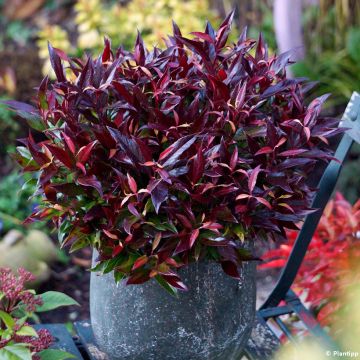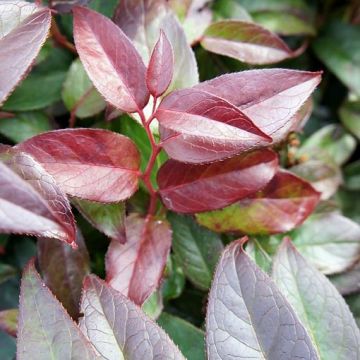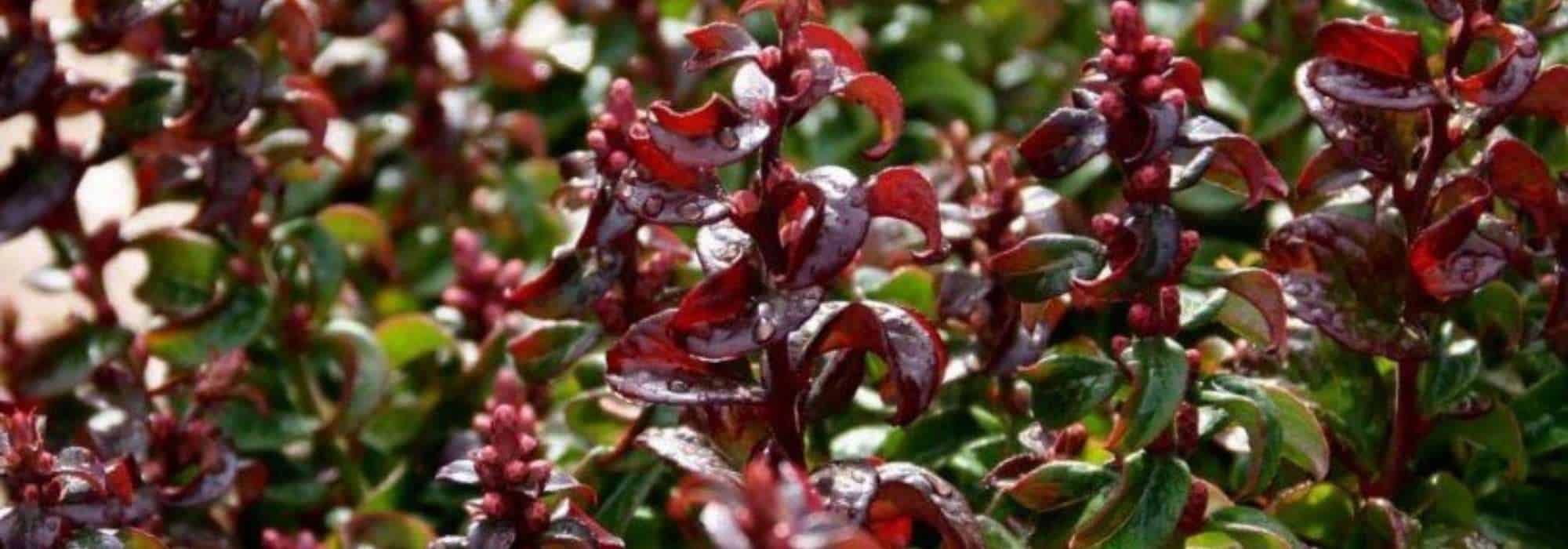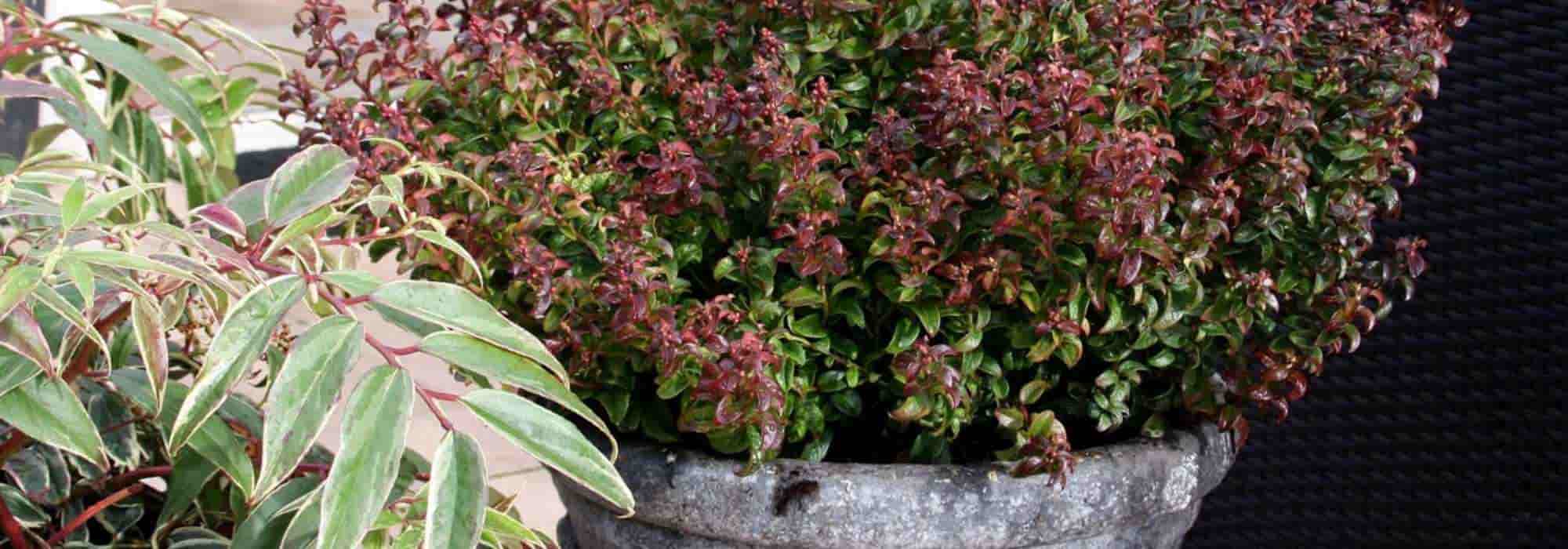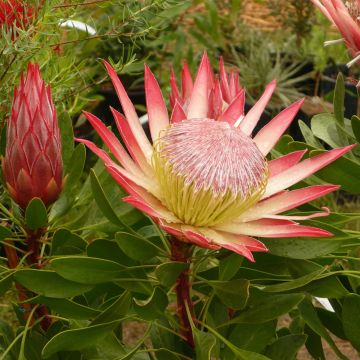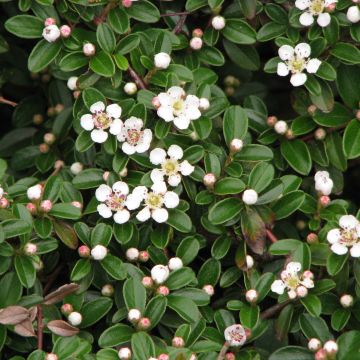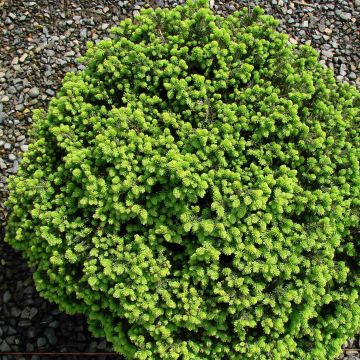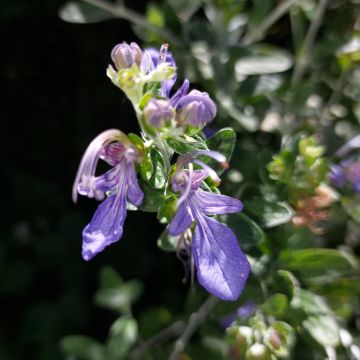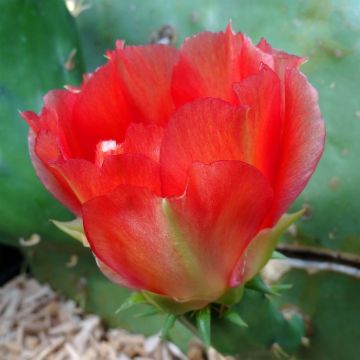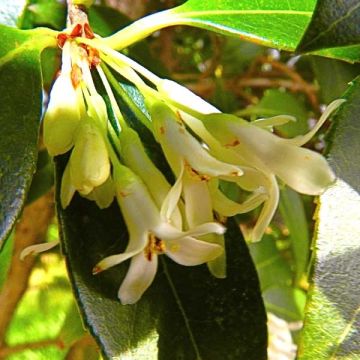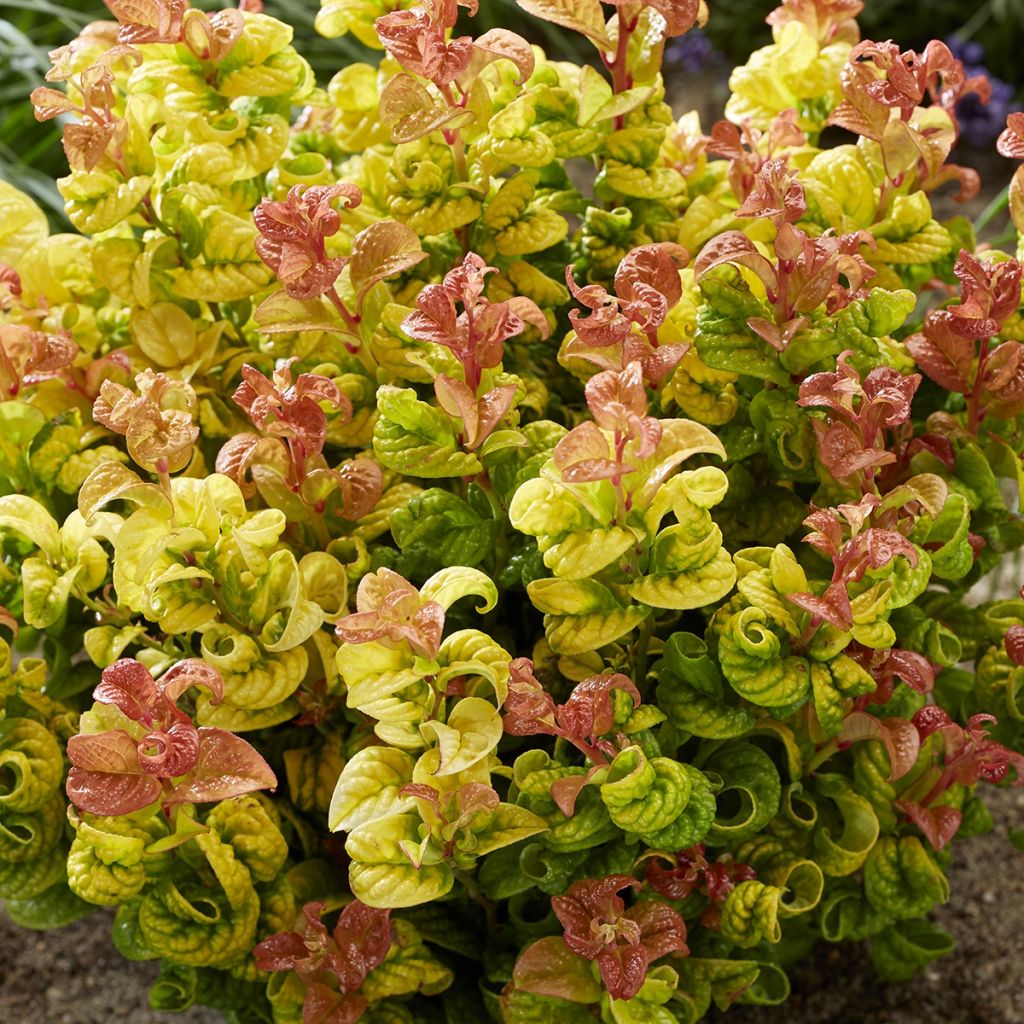

Leucothoe axillaris Curly Gold
Leucothoe axillaris Curly Gold
Leucothoe axillaris Curly Gold ('Opstal 55')
Swamp Dog-laurel, Dog Hobble
Magnificent plant! Unique, graphic, with beautiful color variations. It has everything to be a hit in 2025!
SHINRA TENSEI, 04/10/2025
Special offer!
Receive a €20 voucher for any order over €90 (excluding delivery costs, credit notes, and plastic-free options)!
1- Add your favorite plants to your cart.
2- Once you have reached €90, confirm your order (you can even choose the delivery date!).
3- As soon as your order is shipped, you will receive an email containing your voucher code, valid for 3 months (90 days).
Your voucher is unique and can only be used once, for any order with a minimum value of €20, excluding delivery costs.
Can be combined with other current offers, non-divisible and non-refundable.
Home or relay delivery (depending on size and destination)
Schedule delivery date,
and select date in basket
This plant carries a 24 months recovery warranty
More information
We guarantee the quality of our plants for a full growing cycle, and will replace at our expense any plant that fails to recover under normal climatic and planting conditions.

Would this plant suit my garden?
Set up your Plantfit profile →
Description
The Leucothoe axillaris 'Curly Gold' is a small bush that stands out for its compact and dense habit, and especially for its original foliage, both for its twisted texture and its changing colours. Firstly orange-red at budding, its leaves turn to golden yellow then to acid green, creating a multicolour adornment on the plant. It will persist more or less in winter depending on the climate. This acid soil plant shows a preference for dappled light and thrives in deep shade, but seems to tolerate sun in moist soil. It will love the shaded areas of your garden.
The Leucothoe 'Curly Gold' ( also called 'Opstal 55') belongs to the Ericaceae family, like heathers and pieris. It was very recently selected in the Netherlands. The botanical species from which it originates is a bush native to the southeast of the United States, particularly North Carolina. 'Curly Gold' is characterised by a compact habit and surprising foliage, almost bloated in appearance and remarkably coloured.
At adult age, the Leucothoe axillaris 'Curly Gold' has a very dense bushy habit and can reach 60 cm (23.6 in) in height for 40-50 cm (15.7-19.7 in) in span. In spring, its new foliage is orange-red, curled, then it becomes yellow and green. The leaves are glossy, shiny and measure 3-4 cm in length. This variety will present a discreet flowering, during the months of April and May, in the form of small white bell-shaped flowers. During the winter, its semi-evergreen foliage will bring colour to semi-shaded, or even shaded spaces, bringing a Japanese touch to the garden
A hardy bush, the Leucothoe 'Curly Gold' likes acidic, fresh, humus-rich and well-drained soils. This small evergreen bush, in not too harsh winters, is a perfect 'trunk concealer' that will be advantageously placed at the foot of trees or bushes whose base is naked. It can be associated with medium-sized perennials like hellebores or ferns, winter heathers (Erica darleyensis), in front of a bush grouping composed of azaleas, snowberries or pieris. It also grows very well in a pot, with light shading and regular watering. Its presence will bring a very personal touch to the terrace or balcony.
Leucothoe axillaris Curly Gold in pictures
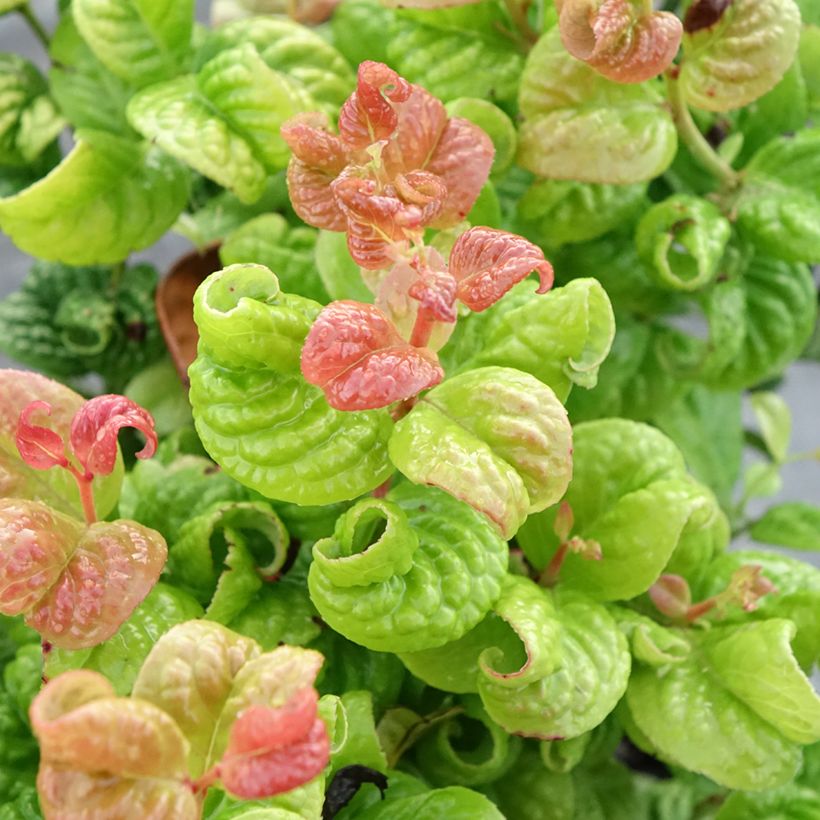

Plant habit
Flowering
Foliage
Botanical data
Leucothoe
axillaris
Curly Gold ('Opstal 55')
Ericaceae
Swamp Dog-laurel, Dog Hobble
Cultivar or hybrid
Other Leucothoe
View all →Planting and care
Place the Leucothoe in the shade or semi-shade in a fresh, acidic or neutral soil. It can be installed in the morning sun in our northern regions, provided that the soil remains nice and cool. It does not tolerate limestone: opt for heather soil mixed with compost and do not water with limey city water. Between February and April, before the resumption of vegetation, prune the sick or dead wood and the branches compromising the symmetry, keeping only the vigorous branches for a good habit of the plant.
Planting period
Intended location
Care
Planting & care advice
-
, onOrder confirmed
Reply from on Promesse de fleurs
Similar products
Haven't found what you were looking for?
Hardiness is the lowest winter temperature a plant can endure without suffering serious damage or even dying. However, hardiness is affected by location (a sheltered area, such as a patio), protection (winter cover) and soil type (hardiness is improved by well-drained soil).

Photo Sharing Terms & Conditions
In order to encourage gardeners to interact and share their experiences, Promesse de fleurs offers various media enabling content to be uploaded onto its Site - in particular via the ‘Photo sharing’ module.
The User agrees to refrain from:
- Posting any content that is illegal, prejudicial, insulting, racist, inciteful to hatred, revisionist, contrary to public decency, that infringes on privacy or on the privacy rights of third parties, in particular the publicity rights of persons and goods, intellectual property rights, or the right to privacy.
- Submitting content on behalf of a third party;
- Impersonate the identity of a third party and/or publish any personal information about a third party;
In general, the User undertakes to refrain from any unethical behaviour.
All Content (in particular text, comments, files, images, photos, videos, creative works, etc.), which may be subject to property or intellectual property rights, image or other private rights, shall remain the property of the User, subject to the limited rights granted by the terms of the licence granted by Promesse de fleurs as stated below. Users are at liberty to publish or not to publish such Content on the Site, notably via the ‘Photo Sharing’ facility, and accept that this Content shall be made public and freely accessible, notably on the Internet.
Users further acknowledge, undertake to have ,and guarantee that they hold all necessary rights and permissions to publish such material on the Site, in particular with regard to the legislation in force pertaining to any privacy, property, intellectual property, image, or contractual rights, or rights of any other nature. By publishing such Content on the Site, Users acknowledge accepting full liability as publishers of the Content within the meaning of the law, and grant Promesse de fleurs, free of charge, an inclusive, worldwide licence for the said Content for the entire duration of its publication, including all reproduction, representation, up/downloading, displaying, performing, transmission, and storage rights.
Users also grant permission for their name to be linked to the Content and accept that this link may not always be made available.
By engaging in posting material, Users consent to their Content becoming automatically accessible on the Internet, in particular on other sites and/or blogs and/or web pages of the Promesse de fleurs site, including in particular social pages and the Promesse de fleurs catalogue.
Users may secure the removal of entrusted content free of charge by issuing a simple request via our contact form.
The flowering period indicated on our website applies to countries and regions located in USDA zone 8 (France, the United Kingdom, Ireland, the Netherlands, etc.)
It will vary according to where you live:
- In zones 9 to 10 (Italy, Spain, Greece, etc.), flowering will occur about 2 to 4 weeks earlier.
- In zones 6 to 7 (Germany, Poland, Slovenia, and lower mountainous regions), flowering will be delayed by 2 to 3 weeks.
- In zone 5 (Central Europe, Scandinavia), blooming will be delayed by 3 to 5 weeks.
In temperate climates, pruning of spring-flowering shrubs (forsythia, spireas, etc.) should be done just after flowering.
Pruning of summer-flowering shrubs (Indian Lilac, Perovskia, etc.) can be done in winter or spring.
In cold regions as well as with frost-sensitive plants, avoid pruning too early when severe frosts may still occur.
The planting period indicated on our website applies to countries and regions located in USDA zone 8 (France, United Kingdom, Ireland, Netherlands).
It will vary according to where you live:
- In Mediterranean zones (Marseille, Madrid, Milan, etc.), autumn and winter are the best planting periods.
- In continental zones (Strasbourg, Munich, Vienna, etc.), delay planting by 2 to 3 weeks in spring and bring it forward by 2 to 4 weeks in autumn.
- In mountainous regions (the Alps, Pyrenees, Carpathians, etc.), it is best to plant in late spring (May-June) or late summer (August-September).
The harvesting period indicated on our website applies to countries and regions in USDA zone 8 (France, England, Ireland, the Netherlands).
In colder areas (Scandinavia, Poland, Austria...) fruit and vegetable harvests are likely to be delayed by 3-4 weeks.
In warmer areas (Italy, Spain, Greece, etc.), harvesting will probably take place earlier, depending on weather conditions.
The sowing periods indicated on our website apply to countries and regions within USDA Zone 8 (France, UK, Ireland, Netherlands).
In colder areas (Scandinavia, Poland, Austria...), delay any outdoor sowing by 3-4 weeks, or sow under glass.
In warmer climes (Italy, Spain, Greece, etc.), bring outdoor sowing forward by a few weeks.



































